Did you know how many types of wine bottles there are
Bottle of tal. bozza is a wine packaging with a long tradition. Each category of wine uses a bottle of a certain size, shape and color of glass. Especially if it refers to quality and special wines. Wine storage is an important factor and wine must not deteriorate, which is very possible due to the microbiological nature of the wine.
Throughout history, people have realized that wine preserves its quality by aging in bottles corked. Wines in a properly capped bottle have no contact with oxygen. A little air enters through the cork and micro-oxidation occurs in the bottle (as in wooden barrels) and due to this micro-oxidation the wine “breathes” and matures faster.
Around 1800, order was first introduced into the world of wine bottles. Production was standardized, so there were bottles of 700, 750 and 800 milliliters and a magnum of 1.5 liters.
In 1970, a 750 milliliter bottle was accepted as the standard size in Europe.
The names of wine bottle sizes come from biblical kings. Wine is part of our history and everyday life, so it’s no surprise the connection to our past is that bottle sizes are named after the heroes from our oldest written documents.
In general, it is not yet known how this convention on bottle naming began, but history always leaves traces for research.
In fact, there are 10 different sizes when it comes to a wine bottle that is standardized in shape, and the smallest is only 187.5 milliliters, and the largest is a large 30 liters. This means you will see a very big difference in what it means to get a bottle of wine, depending on how big you choose to go. But what are they actually called?
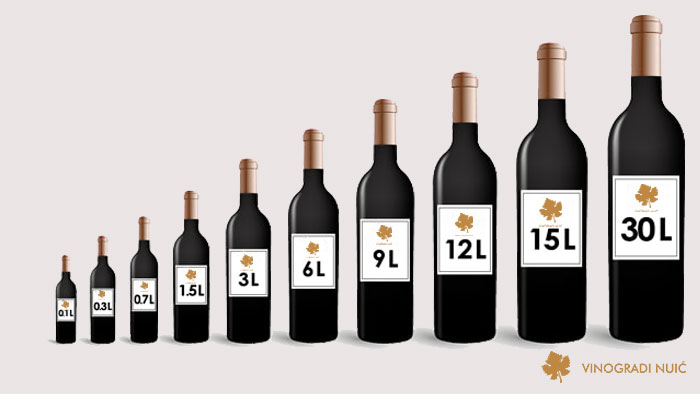
Bottle size in liters
The following is a list of bottle sizes and their names:
0.1875 L -Piccolo or Split: equivalent to 1/4 of a standard bottle.
0.375 L -Demi or half: equivalent to 1/2 standard bottle.
0.75 L -Standard: usual bottle size.
1.5 L – Magnum: equivalent to 2 standard bottles.
3 L – Jeroboam or Double Magnum: equivalent to 4 standard bottles.
6 L – Methuselah: equivalent to 8 standard bottles.
9 L – Salmanazar: equivalent to 12 standard bottles.
12 L – Balthazar or Belshazzar: equivalent to 16 standard bottles.
15 L – Nebuchadnezzar: equivalent to 20 standard bottles.
30 L – Melchizedek or Midas: equivalent to 40 standard bottles.
"History will come to an end when wine flows from springs and wells, when wine falls from clouds and when lakes and seas turn into it."
– Bela Hamvas
Some wine regions, such as Bordeaux, Burgundy, Alsace or Champagne, have devised a special bottle shape in which their wines are most prominent.
Bordeaux
The bottle has a wider upper part with narrower parallel sides and a cylindrical shape. It is the most used type of bottle in the world. It is used for both white and red wines, and the upper wider part serves to retain sediment.
There are a couple more variations of this bottle, and they relate to the width of the top.
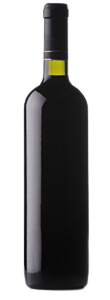
Burgundy
The bottle has a long neck that lowers slightly towards the sides.
Wines from this region, unlike Bordeaux, do not have as many sediments, so there is no need for such a wide transition from neck to body.
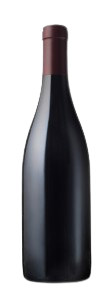
Hock
(flute) was originally intended for Alsace wines. Narrow, without shoulder part and without width in the lower part.
Recommended for white wines that have no lees.
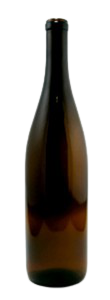
Champagne
The bottle is from the Champagne region, used for worldwide for sparkling wines.
It is made of thinner glass and a specific upper part on which there is a protective wire.
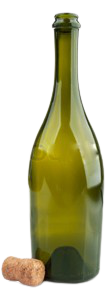
Now that you know a little more about wine bottles, consider buying wine in special editions. Our recommendation is Cabernet Franc Magnum
Cheers,
Nuić Vineyards


Recent Comments